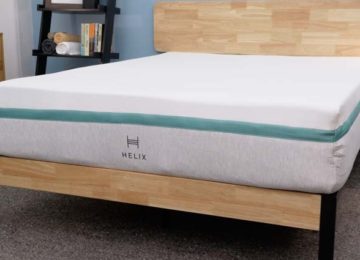Idaho’s reputation as an affordable state attracts thousands of potential residents yearly. However, determining whether the Idaho cost of living justifies relocation requires examining specific financial trade-offs and personal circumstances. Recent data shows Idaho’s cost index has risen to 102.9, challenging the perception of it being a budget-friendly destination.
Actual savings depend on the origin location
Moving to Idaho from high-cost states like California or New York can yield substantial savings, while relocating from Midwest states may offer minimal financial benefit. Housing costs in Boise now match cities like Denver and Salt Lake City at a $455,000 median home price. Rural Idaho properties average $275,000, providing more significant savings potential for those willing to live outside urban centres. Utility costs remain approximately 10% below national averages, with electricity rates at 8.5 cents per kWh compared to the national average of 10.5 cents. Property taxes average 0.75% of home value, ranking among the lowest nationally and offering long-term savings for homeowners.
Income adjustments offset living cost benefits
Idaho salaries typically run 15-20% below national averages across most industries:
- Technology professionals earn $75,000 versus $95,000 nationally
- Healthcare workers make $65,000 compared to $78,000 elsewhere
- Teachers receive $48,000 against the $58,000 national average
- Skilled trades maintain closer parity at $55,000 versus $60,000
Remote workers keeping out-of-state salaries gain the most financially, while those seeking local employment often find wage reductions consuming potential savings.
Hidden expenses impact overall affordability
Several costs surprise newcomers to Idaho:
- Vehicle requirements in snow-prone areas add $3,000-$5,000 initially
- Limited public transportation increases annual fuel costs by $1,200-$2,000
- Healthcare travel to larger cities costs $500-$1,500 yearly for specialised care
- Online shopping with shipping adds $300-$600 annually due to limited local retail
These expenses can reduce anticipated savings by 20-30% for unprepared residents.
Long-term financial outlook
Idaho’s 2.5% annual population growth suggests continued cost increases:
- Housing appreciation averages 8-12% annually in urban areas
- Property tax rates may rise with infrastructure demands
- Utility costs face upward pressure from population growth
- Insurance premiums increase with climate-related risks
Smart investors find opportunities in emerging areas before prices match established markets.
Family considerations affect cost calculations
Families must factor in education and childcare expenses:
- Public school quality varies significantly by district
- Private school tuition ranges $6,000-$15,000 annually
- Childcare costs average $800 monthly, 25% below national rates
- College options remain limited, potentially requiring out-of-state tuition
These factors can substantially impact family budgets in the long term.
Required lifestyle adaptations
Maximising Idaho’s cost advantages often demands changes:
- Embracing outdoor recreation over costly entertainment saves $1,000-$2,000 yearly
- Learning home maintenance skills reduces service costs by $500-$1,500 annually
- Adjusting to limited dining options saves $2,000-$3,000 per year
- Growing personal food reduces grocery bills by 10-15%
These adaptations prove challenging for those accustomed to urban conveniences.
Professional opportunities shape outcomes
Remote workers benefit most from Idaho relocation, saving 20-30% on living expenses while maintaining income. Local job seekers face limited options and lower wages in many fields. Entrepreneurs find growing markets with less competition. Retirees stretch fixed incomes further with lower costs.
Moving to Idaho proves worthwhile for remote workers, retirees, and those seeking specific lifestyle changes. The transition offers fewer advantages for professionals requiring high salaries or urban amenities. Success depends on matching personal priorities with Idaho’s unique combination of moderate costs, outdoor opportunities, and community-focused living.











